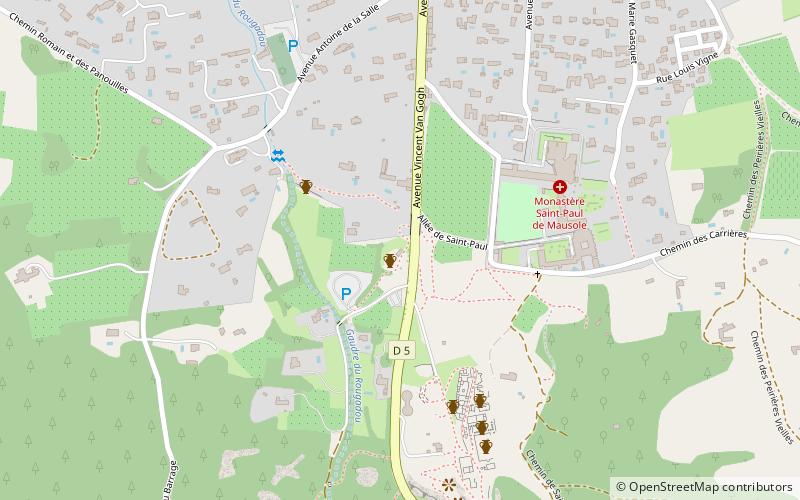Arc de triomphe


Facts and practical information
Triumphal arch in Glanum-the Roman Triumphal Arch, located in the ruins of the ancient Glanum in Saint-Rémy-De-Provence in the French department of Delta Rhone. From 1840 he has the status of a monument historique in the classé category.
The single -span arch was erected around 10-20 C.E. Until modern times, he survived in very poor condition, he could probably measure 11 meters high. The arch has a rich sculptural decoration. Archives, above which there are barely visible images of winged goddesses of Victoria, decorates an ornament with a motif from plants and fruits. The vault was lined with octicating coffers, in which the performances of various species of flowers were placed. The reliefs placed on the arc facades are a propaganda symbol of the power of the Roman Empire. On the eastern facade on both sides of the flight you can see a woman and a man in barbaric costumes, attached to Tropajon. On the western facade, on the one hand, you can see a man standing in front of a woman sitting at the stake, On the other hand, on the other hand, a man in a mass putting his hand on the shoulder of a captured prisoner in a gesture of reconciliation and taking care of. The architeravians and the side walls of the arch are almost completely destroyed, on which relief panels or inscriptions were presumably placed.
The first source mention of the arch comes from 1347. During the Renaissance, he was known under various names: portal Sarazin, Arc du Trésor and Arc du Sex. In the 18th century, the arch was covered at the top to protect the object against progressive degradation.
Avenue Vincent Van GoghProvence-Alpes-Côte d'Azur
Arc de triomphe – popular in the area (distance from the attraction)
Nearby attractions include: Glanum, Glanum Dam, Saint Martin's Collegiate Church, Musée Estrine.






